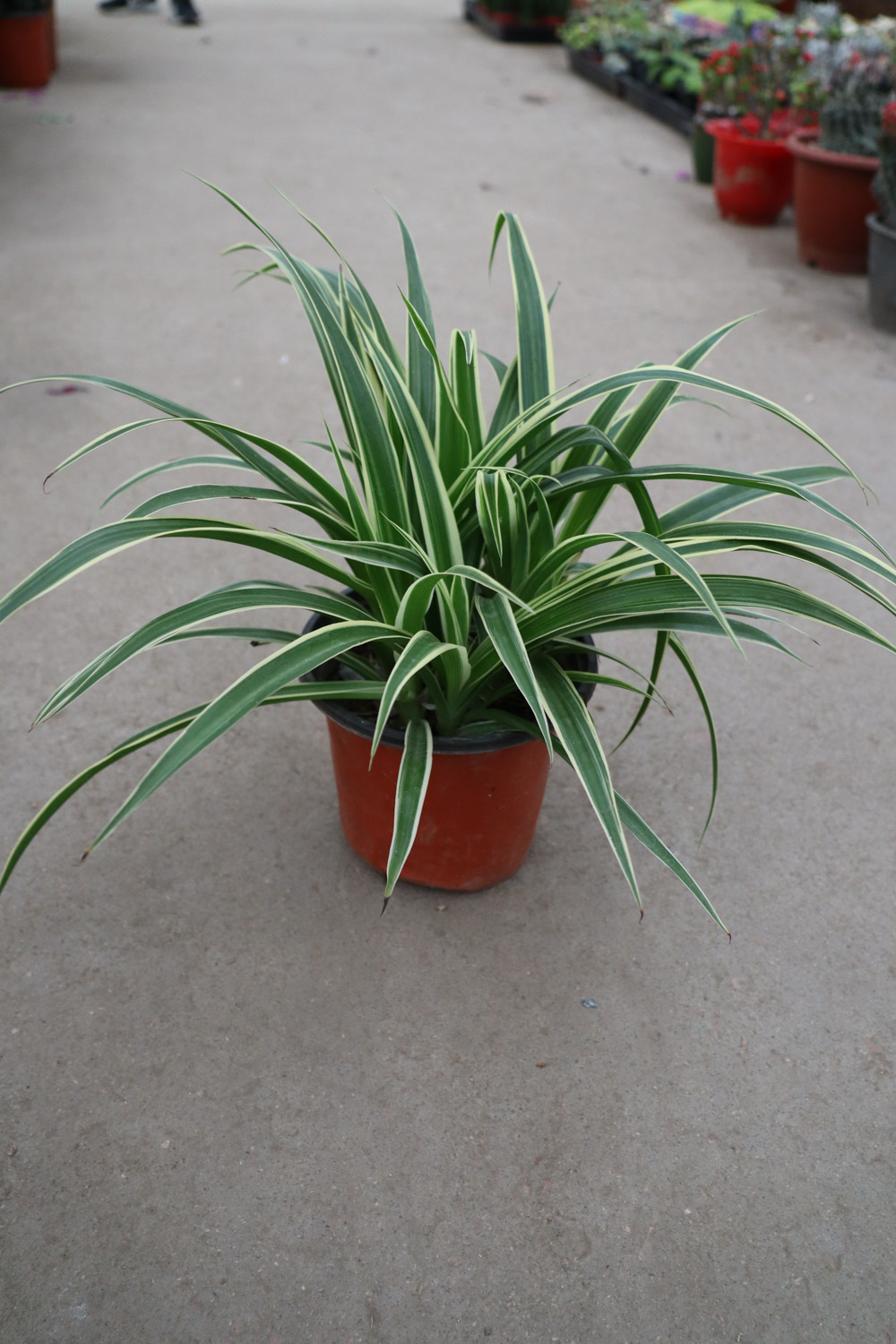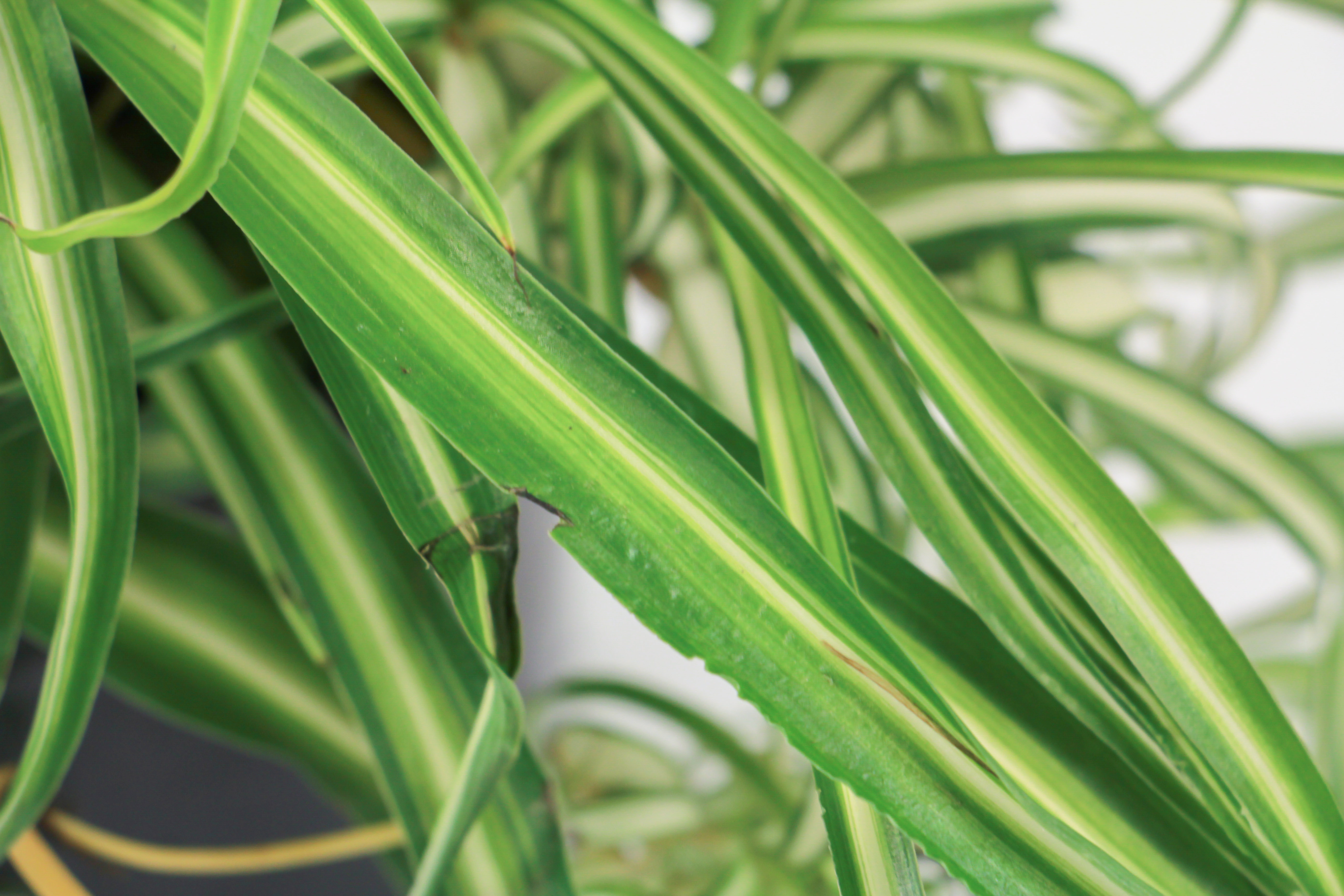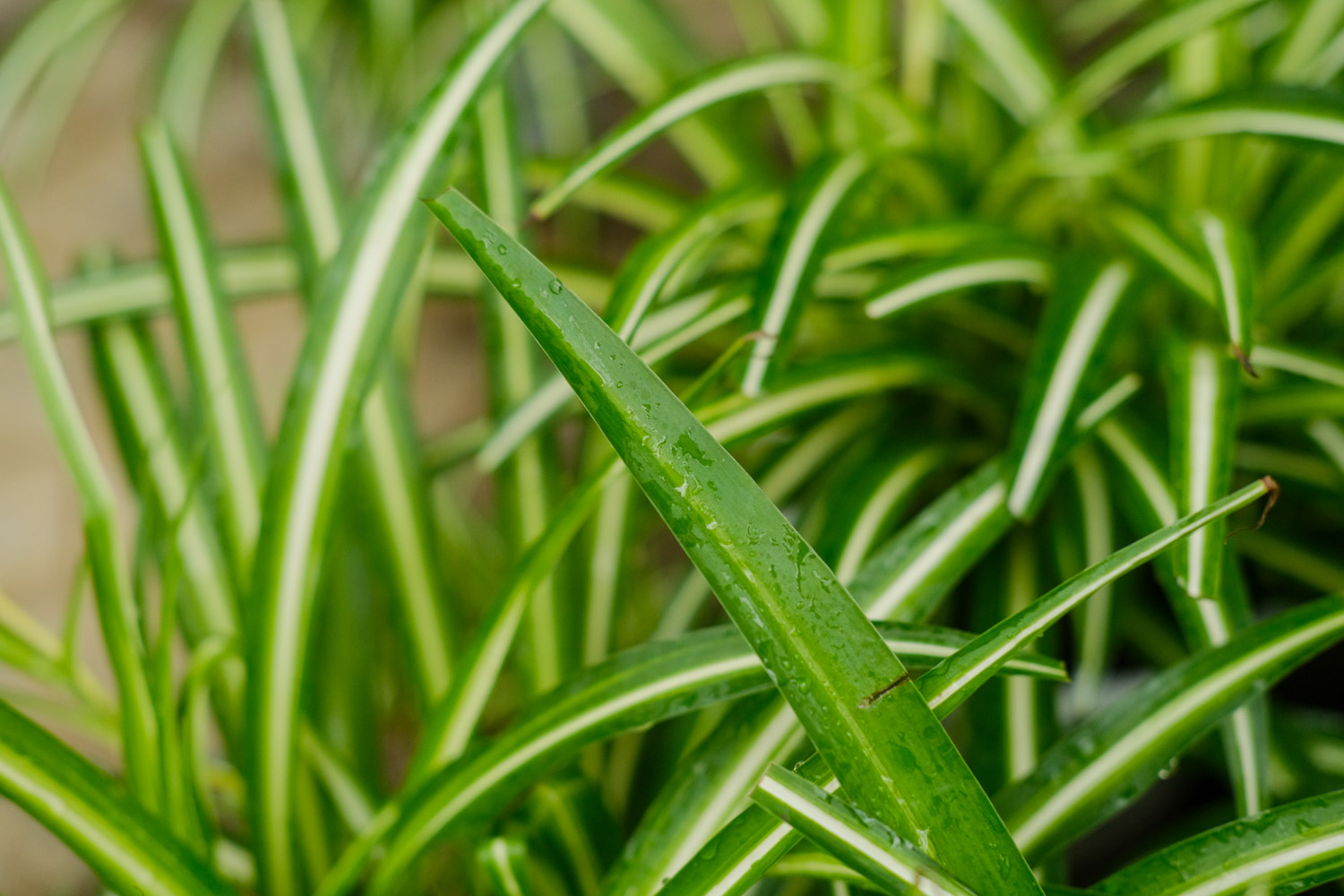1. Trim blade
The leaves of Chlorophytum should be trimmed frequently. During its growth, yellow leaves, diseased leaves, dead leaves, long leaves or broken leaves will appear. Scissors should be used in time after discovery. If it is found that the leaves grow too tightly, they should also be properly trimmed to a loose state. When pruning, it should be noted that if the leaves of the plant are dense, they can be pruned directly from the bottom. If the leaves are loose, the pruned part can be directly cut off

2. Pruning stolon
Stems and leaves grow on the stolon of the plant, which can be cut off or retained according to your preference. However, those with small or poor growth should be trimmed in time. For stolons with long growth, they can also be appropriately cut short or directly cut off. After being cut off, new stems and leaves will germinate

3. Pruning roots
The root pruning interval is relatively long, which only needs to be carried out when changing pots. When changing pots, the rotten roots and over aged roots should be cut off, and the diseased roots should be trimmed in time. Generally, it is not necessary to simply trim the roots. When changing pots or poor growth occurs, check the root growth and trim appropriately

4. Pruning management
After pruning the Chlorophytum, it is best to put it in a place with scattered light, which can not be directly irradiated by the sun. The flowerpot can be rotated regularly to make the plant receive light more evenly

 how many times do yo...
how many times do yo... how many planted tre...
how many planted tre... how many pine trees ...
how many pine trees ... how many pecan trees...
how many pecan trees... how many plants comp...
how many plants comp... how many plants can ...
how many plants can ... how many plants and ...
how many plants and ... how many pepper plan...
how many pepper plan...





























